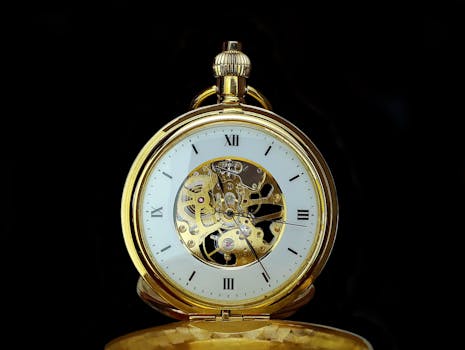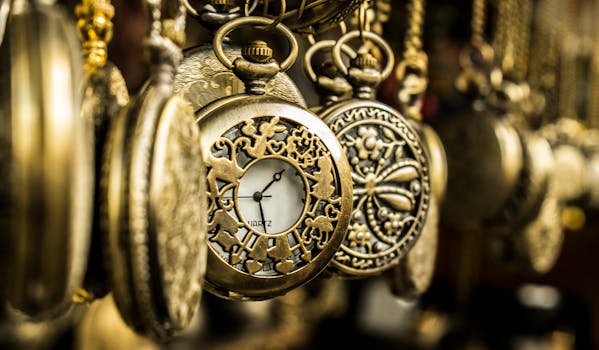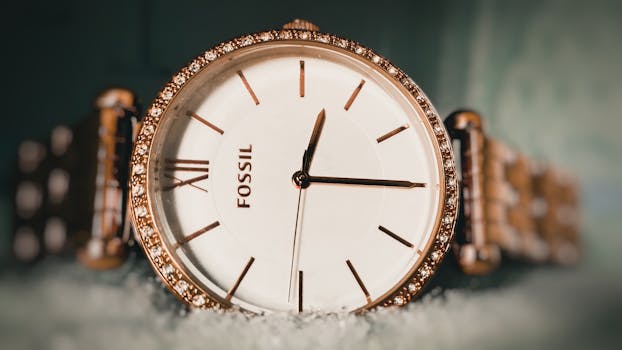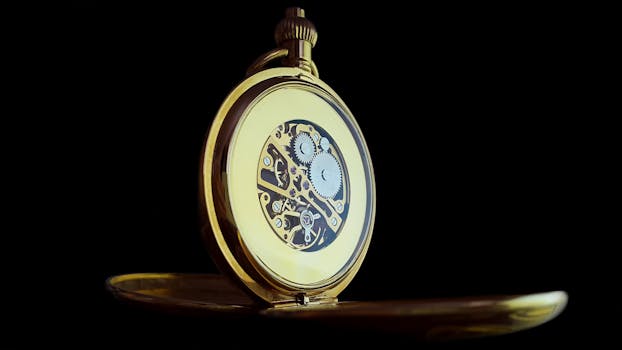
Exploring Different Types of Watch Movements
Watch movements are the heart of any timepiece, powering the hands and functions that make a watch tick. In this article, we’ll delve into the different types of watch movements, including quartz, mechanical, and automatic, and explore their unique characteristics and advantages. Watch Movements are the backbone of any watch, and understanding how they work can help you appreciate the complexity and craftsmanship that goes into creating a timepiece.
Quartz Watch Movements

Quartz watch movements are the most common type of movement found in modern watches. They use a battery to power a quartz crystal, which vibrates at a precise frequency to regulate the timekeeping. Quartz movements are known for their accuracy, reliability, and affordability, making them a popular choice for everyday watches.
Mechanical Watch Movements

Mechanical watch movements, on the other hand, use a complex system of gears and springs to power the watch. They are wound by hand or automatically, using the wearer’s movements to generate power. Mechanical movements are prized for their craftsmanship, beauty, and historical significance, making them a favorite among watch collectors and connoisseurs.
Automatic Watch Movements

Automatic watch movements, also known as self-winding movements, use a rotor to wind the watch automatically. They are a type of mechanical movement that eliminates the need for manual winding, making them a convenient choice for everyday wear. Automatic movements are known for their reliability, accuracy, and power reserve, making them a popular choice for luxury watches.
Takeaways

- Quartz watch movements are accurate, reliable, and affordable.
- Mechanical watch movements are prized for their craftsmanship, beauty, and historical significance.
- Automatic watch movements are convenient, reliable, and accurate.
Conclusion

In conclusion, watch movements are a vital component of any timepiece, and understanding the different types of movements can help you appreciate the complexity and craftsmanship that goes into creating a watch. Whether you prefer the accuracy and affordability of quartz movements, the beauty and historical significance of mechanical movements, or the convenience and reliability of automatic movements, there’s a watch movement out there for everyone. By exploring the different types of watch movements, you can gain a deeper understanding of the art of watchmaking and find the perfect timepiece to suit your style and preferences.






